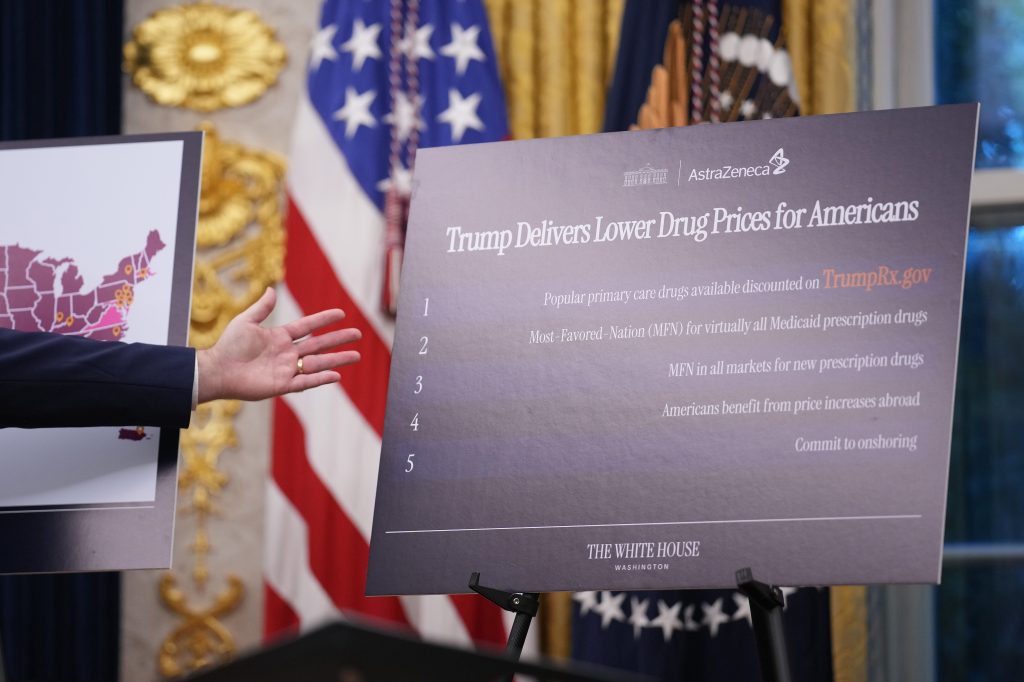On September 1, 2025, Japan’s first artificial intelligence (AI) regulation, the Act on Promotion of Research and Development and Utilization of AI-related Technology (the Japan AI Promotion Act (link in Japanese only)), entered fully into force. While most of the law had applied since June 4, 2025, Chapters III and IV took effect on September 1 by Cabinet Order (link in Japanese only). These provisions required the government to adopt a Basic Plan for Artificial Intelligence (the Basic Plan) and to establish an AI Strategy Headquarters under the authority of the Prime Minister.
The Japan AI Promotion Act is notable for its unique voluntary and promotion-oriented approach: It is designed to foster innovation, promote AI development, and guide the ethical use of AI, echoing the Japanese government’s ambition to position itself as “the world’s most AI-friendly country.”
Unlike the EU AI Act, the world’s first comprehensive law on AI, Japan’s AI regulation is framed as a fundamental law, establishing broad principles for AI development. As highlighted by the Center for Strategic and International Studies report Norms in New Technological Domains: Japan’s AI Governance Strategy, this reflects Japan’s reliance on soft law in the AI domain, supported by a cultural view of AI as a tool for efficiency and social good, and by a business culture accustomed to complying with non-binding norms through close government-industry cooperation.
By contrast, the EU AI Act is built on concerns over fundamental rights, ethical considerations, and safety risks, leading to a binding, enforcement-driven framework.
Despite their different approach to regulation, the Japanese and European frameworks share certain points of convergence, particularly in promoting international cooperation, fostering transparency in the development and use of AI, and raising public awareness. A table below illustrates these divergences and similarities.
| Japan AI Promotion Act | EU AI Act | |
| Regulatory approach | Voluntary framework based on collaboration and innovation, promoting the responsible research, development, and utilization of AI technologies | Binding regulation based on a risk-based framework, imposing strict obligations on high-risk systems, mandatory transparency requirements, and significant penalties for non-compliance |
| Objective | Promotes the research, development, and utilization of AI technologies for administrative efficiency, industrial advancement, and national security | Establishes harmonized rules for the development, marketing, deployment, and use of AI to ensure safety, fundamental rights, and ethical AI innovation |
| Ethical and social approach | Encourages human-centric and fair AI use, with emphasis on social trust, voluntary norms, and innovation-first policies | Focuses on protecting fundamental rights, avoiding discrimination, and promoting societal well-being |
| Definition of AI system | Refers to technologies that substitute for human cognition, reasoning, or judgment, and the systems using them to process and output data | Defines AI as machine-based systems operating with varying autonomy, inferring from input data to generate outputs, such as predictions, recommendations, or decisions that influence physical or virtual environments |
| Scope | Applies to research, development, and utilization of AI across national and local governments, universities and research institutions, businesses and AI developers, and citizens. No explicit extraterritorial reach | Applies to providers, deployers, importers, distributors, and users of AI systems affecting individuals in the EU, including those developed outside the EU |
| Risk classification | No formal categories of risk. Requires comprehensive risk assessment and the adoption of measures against misuse, such as personal data breach, IP violations | Categorizes AI systems into unacceptable (prohibited), high-risk (extensive obligations), and minimal risk (limited obligations) levels |
| Obligations | Sets out responsibilities for government, local authorities, businesses, and citizens to promote ethical, transparent, and responsible AI use. These remain voluntary and guidance-based | Imposes binding obligations: strict requirements for high-risk systems, transparency and disclosure duties, human oversight, conformity assessments, and post-market monitoring. Includes specific rules for general-purpose AI models. Bans unacceptable-risk AI |
| Awareness | Promotes AI literacy, training, and public awareness through government initiatives and voluntary adoption | Mandates AI literacy measures for staff and users involved in the operation of AI systems, ensuring they understand capabilities, risks, and limitations |
| Governance structure | The AI Strategy Headquarters chaired by the Prime Minister with all Cabinet ministers as members serves as the central body to comprehensively and systematically advance measures for the promotion of research, development, and utilization of AI-related technology. Local governments implement AI policies adapted to regional characteristics in cooperation with national policy. Universities and R&D institutions promote interdisciplinary AI research and human-resource development | The European AI Board coordinates policy across Member States, the AI Office oversees general-purpose AI models, and national supervisory authorities enforce obligations. Advisory forums and scientific panels provide expert input to ensure balanced AI development |
| International cooperation | Actively participates in establishing global AI standards and governance frameworks (such as Hiroshima AI Process, OECD Principles, G7/G20 cooperation) | Promotes harmonized standards and cooperation across EU Member States and international partners, through structured cooperation with G7, G20, OECD, UN, and other international bodies |
| Enforcement | No penalties specified. Relies on voluntary compliance, transparency, and ethical norms to guide behavior | Includes penalties for non-compliance, with fines up to €35m ($41.5m) or 7% of global turnover |
| Effective date | Promulgated on June 4, 2025. Most provisions effective immediately, with Chapters III and IV entering into force on September 1, 2025, by Cabinet Order | Entered into force in 2024, with phased implementation: key obligations applying from February 2025 and full effect on August 2, 2026 |
What comes next under Japan’s AI Promotion Act?
The next milestone under the Act is the government’s Basic Plan, currently in preparation by the AI Strategy Headquarters and established on September 1 within the Cabinet Office (official source, Japanese only).
Presented on September 12, 2025, the Basic Plan draft sets out the ambition of making Japan “the world’s easiest country to develop and use AI.” It emphasizes a human-centered AI society, balancing innovation with risk management, and is structured around four strategic directions: using AI, creating AI, enhancing reliability, and collaborating with AI.
The Basic Plan promotes accelerated AI adoption across government and society; strategic reinforcement of domestic AI ecosystems through infrastructure, datasets, and talent development; and positioning Japan as a leader in international governance, particularly through initiatives such as the Hiroshima AI Process. The draft also underlines the need for continuous transformation of work, education, and institutions toward human-AI collaboration, while committing to annual revisions to remain agile as technologies and risks evolve.
The Basic Plan is driven by concerns over Japan’s lagging position in AI adoption and investment. Japan ranked only 14th globally in AI investment in 2024 (around $0.9 billion), far behind the United States ($109 billion) and China ($9.3 billion). AI use is also comparatively low, with only 26.7% of individuals and 55.2% of businesses reporting AI usage, compared to 81.2% and 95.8% respectively in China. Against this context, the government warned that not using AI may represent Japan’s greatest risk, making widespread AI deployment an urgent priority.
According to the government’s schedule, the Expert Committee is set to begin deliberations on September 19, 2025, with a Cabinet decision of the final Basic Plan targeted before the end of the year (official source, Japanese only). Whether this timeline will hold remains uncertain, considering the Prime Minister’s resignation and the Liberal Democratic Party leadership election on October 4, 2025.
How should global companies prepare for compliance under both the Japan and EU AI frameworks?
Global companies that fall under both the EU AI Act and Japan’s AI Promotion Act should prepare through a strategic approach, given the divergence between the two frameworks. In practice, this means building an AI governance program that meets the EU’s binding, risk-based obligations, while also integrating Japan’s guidance-driven expectations.
As part of the Basic Plan, the Japanese government is developing AI Guidelines aligned with international standards such as the Hiroshima AI Process and the OECD AI Principles, intended to be flexible and updated as technologies and risks evolve. For companies, using these international principles as the foundation for their AI governance policies can serve as a unifying baseline across jurisdictions, while also keeping an eye on sector-specific guidelines issued by Japanese ministries and agencies, which provide practical procedures and examples to complement the broader framework.
Clarisse Knaebel is a European-qualified lawyer with CIPP/E and CIPP/A certifications, offering global privacy and AI consulting services.













